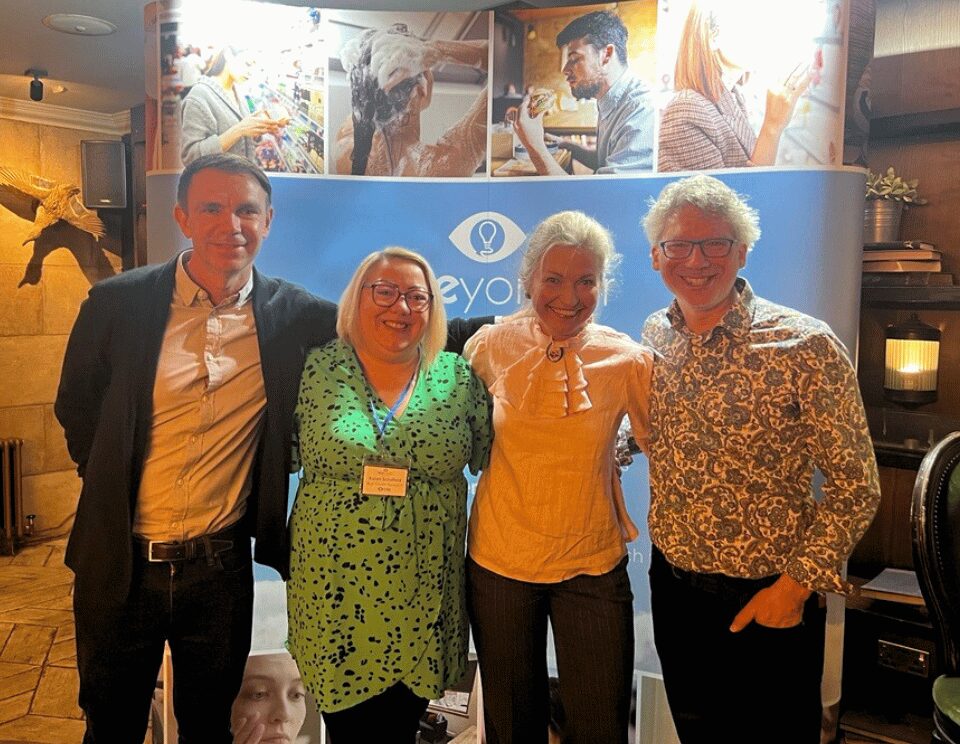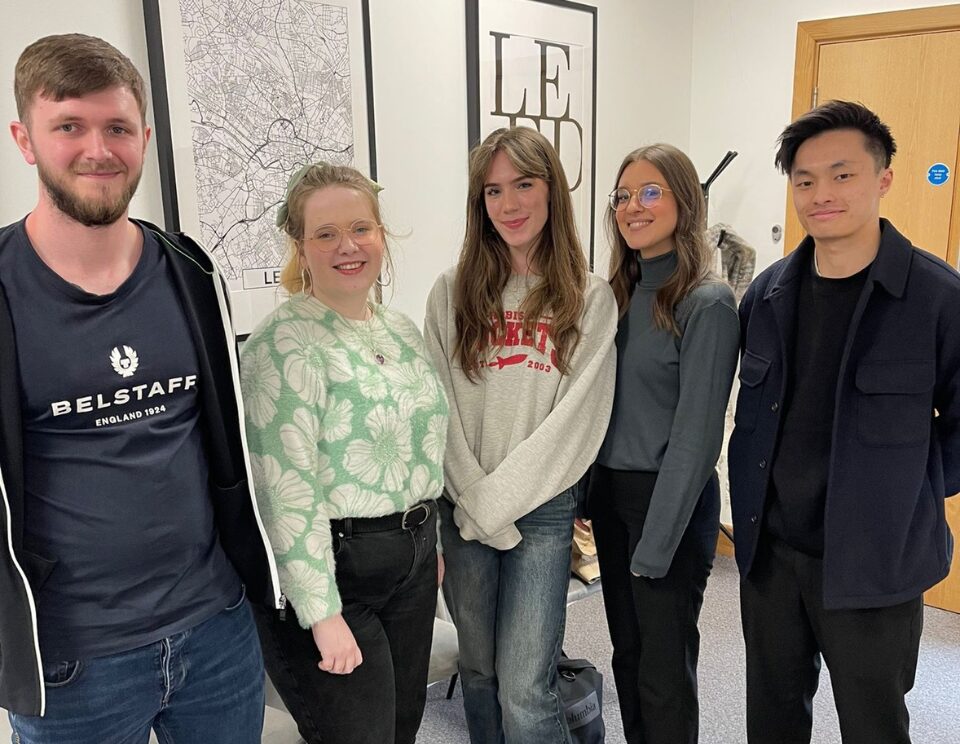We are excited to share key insights from our recent in-person Campaign for Real Innovation (C4RI) event. This event focused on practical ways to foster a culture of innovation within your business and across various industries.
Our breakfast briefing featured valuable contributions from expert speakers including Liga Magdalenoka-Keen, Director of International Insights at Scientific Games, Ben Diamant, Innovator and Head of Design & Product Management at CMD, and Karen Schofield, Head of People at Blue Yonder, with Richard Heath, Managing Director at Blue Yonder, guiding the conversation.

During the discussion, we explored essential processes behind innovative practices, the cultural shifts needed to encourage innovation, and practical strategies for integrating innovation into everyday operations. Below, we have summarised the key takeaways from the event that we believe can benefit your organisation.
Innovation starts with people
Investing in the right individuals is key to fostering innovation. Bringing in a mix of experienced and fresh talent, providing proper coaching, and giving team members the space to thrive can transform a company’s innovation culture. Creating a balanced workforce that values both stability and exploration ensures that the company can maintain current operations while also driving forward with new ideas and growth opportunities.
The dynamics of innovation within companies can be compared to the behaviour of bees in a hive. Most bees, or “past preservers,” follow known paths and adhere to established behaviours, maintaining stability and ensuring efficient operations based on proven methods. However, within the hive, there are also “future seekers” – bees that explore new possibilities and uncharted territories, seeking out new resources and opportunities. These bees are the innovators and boundary-pushers in a company who challenge the status quo and introduce new ideas and processes, leading to growth and evolution.
A successful company must cultivate a balanced workforce that values both stability and innovation. The past preservers ensure the reliability and efficiency of current practices, maintaining day-to-day operations and fulfilling immediate business commitments. Meanwhile, the future seekers drive the company forward by exploring new ideas, markets, and products that secure long-term success and survival.
Fostering a culture of innovation and trust
Creating an environment where innovation thrives requires different stages of approach. Encourage creativity, allow for failure, and reward innovative thinking to cultivate a culture that supports experimentation.
Trust is essential in creating a culture of innovation. Building trust enables employees to feel safe to explore new ideas and take risks without fear of failure. Leaders play a pivotal role in creating a culture of trust by supporting their teams, being transparent about the innovation process, and celebrating both successes and failures. Recognising and rewarding the value of learning from failures helps normalise risk-taking and encourages continuous improvement.
This transparency helps manage expectations and reduces anxiety associated with innovation efforts. Additionally, leaders should show genuine support for experimental projects, providing guidance, resources, and company-wide acknowledgment of the team’s efforts. This approach fosters a strong sense of security and motivation among employees, encouraging them to take risks and innovate.
Utilising the Right Tools and Processes
Selecting appropriate tools and processes is critical for fostering innovation. Avoid dismissing potentially groundbreaking ideas by evaluating them with misaligned criteria. Employ both qualitative and quantitative research methods, iterative testing, and data analytics to enhance the innovation process. Balancing flexibility with structure, such as using a stage-gate process, ensures resources are effectively allocated to the most promising ideas and that innovations align with market needs and organisational goals.
Iterative testing and development processes, which allow for ongoing adjustments based on continual feedback, are vital. Integrating data analytics into the innovation process enables smarter decision-making by leveraging big data and analytics. Maintaining a balance between flexible and structured processes is also crucial, with a stage-gate process recommended to achieve this balance.
By integrating diverse tools and methods, organisations can better nurture and realise impactful innovations, aligning them closely with market needs and objectives.
Embracing Failure as a Learning Opportunity
Failure is an inevitable and invaluable part of the innovation process. Viewing failures as teachable moments transforms potential setbacks into opportunities for growth and learning. Regular retrospective meetings, leadership transparency about past failures, and establishing metrics that recognise the value of learning from failures are crucial strategies.
This approach helps build a culture where failures are seen as essential steps towards success, fostering resilience and continuous improvement.
Innovate & Elevate Summary
In summary, the event provided a foundation and key strategies to embracing a customer-centric approach, leveraging data, fostering a culture of trust and innovation, using appropriate tools and processes, and viewing failure as a learning opportunity. These key insights provide a roadmap for organisations aiming to innovate and elevate their practices.
If you would like to talk to us about this topic or if you’d like to know more about our Campaign for Real Innovation events, please contact [email protected].




Stay In Touch